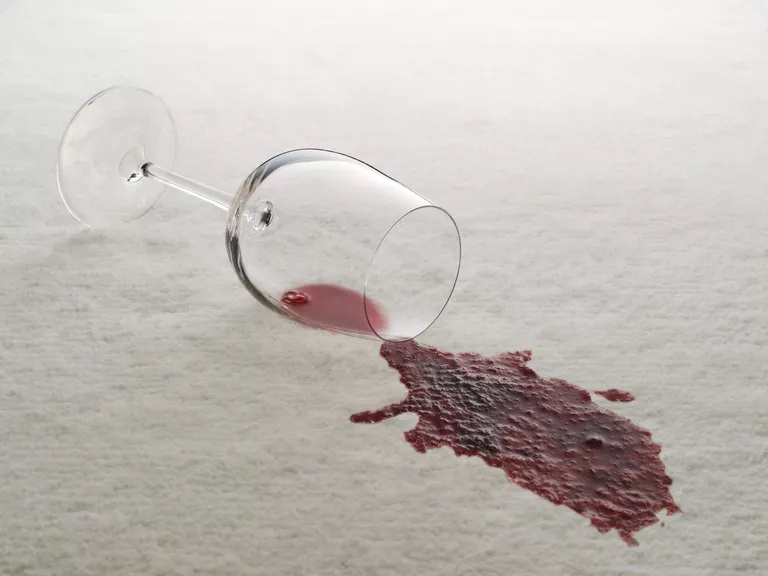Views: 9 Author: Anne Marie Helmenstine, Ph.D. Publish Time: 2020-12-29 Origin: ThoughtCo.








How Do Stain Removers Work?
Learn How Common Stain Removers Clean

By Anne Marie Helmenstine, Ph.D.
Updated December 21, 2018
Most stain removers rely on a combination of chemical strategies to remove or mask stains. There isn't a single method for stain removal, but rather, a host of reactions that get your whites white or remove grass or blood stains.
Stain removers commonly are solvents, surfactants, and enzymes. A stain remover typically employs one or more of the following four techniques:
Dissolve the Stain
Stain removers contain solvents. A solvent is any fluid that dissolves another chemical. For example, water is a good solvent for dissolving salt and sugar. However, it's not a good solvent for dissolving oil or butter. Stain removers often contain alcohol which acts as a solvent for both water-based and oil-based stains. Hydrocarbon solvents, such as gasoline, may be used to dissolve some stains.
The rule here is that "like dissolves like". Basically this means you want to use a solvent that is chemically similar to your stain. So, if you have a water-based stain, use a water-based solvent, like club soda or soapy water. If you have an oily stain, try rubbing alcohol or gas onto the spot.
Emulsify the Stain
Dishwashing detergents and stain removers contain emulsifiers or surfactants. Emulsifiers coat the stain and help to lift it off of the surface. Surfactants increase the wettability of materials, making it easier for the stain remover to contact and remove the stain.
Examples of surfactants are soap and sulfonates. These chemicals have a dual nature, helping them remove both watery and oily stains. Each molecule has a polar head that mixes with water, as well as a hydrocarbon tail that dissolves grease. The tail attaches to the oily part of a stain while the hydrophilic or water-loving head attaches to water. Several surfactant molecules work together, encompassing the stain so it can be rinsed away.
Digest the Stain
Stain removers often employ enzymes or other proteins to break apart stain molecules. Enzymes digest proteins and fats in stains in much the same way as they digest the food you eat. Enzyme-based stain removers are highly effective on such stains as blood or chocolate.
Stains may be broken apart by breaking the chemical bonds in the stain molecules. Oxidizers can break apart a long colored molecule, making it easier to lift away or sometimes rendering it colorless. Examples of oxidizers include peroxide, chlorine bleach, and borax.
Hide the Stain
Many stain removers contain whiteners. These chemicals may not contribute any cleaning power, yet they may render the stain invisible or draw the eye away from it. Bleaches oxidize the colored molecule so it doesn't appear so dark. Other types of whiteners reflect back light, covering a stain or making it less noticeable.
Most products, even homemade solutions, attack stains using multiple techniques. For example, dabbing diluted chlorine bleach onto a stain helps break apart the stain molecule while removing the color from the offending spot. Simple soapy water dissolves both oily and aqueous stains and coats the stain so it is easy to rinse away.
The Best Stain Remover
The best stain remover is one that removes your stain without damaging the stained fabric or surface. Always test a stain remover on a small or inconspicuous spot to make sure the chemical won't produce any undesirable effects. Also, it's worth noting it's possible to make a stain worse. For example, heating a blood stain, as with hot water, may set the stain. Applying bleach to a rust stain actually intensifies the color, making the stain more visible than if you had left it alone. Therefore, if you know the composition of the stain it's worth your while to make sure your treatment is suitable for that stain. If you don't know the identity of a stain, start with the least damaging treatment and work your way up to more serious chemicals if you need more cleaning power.